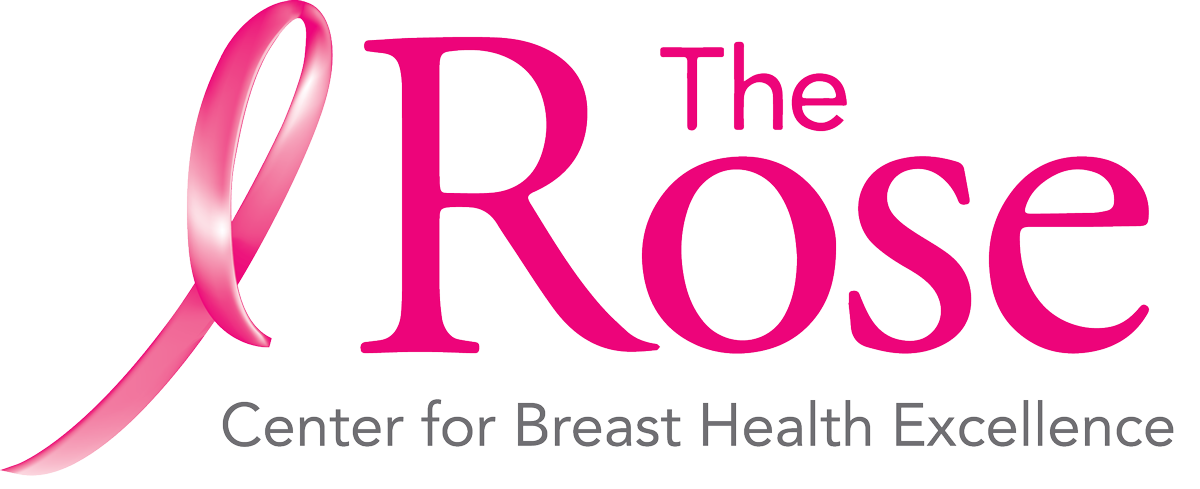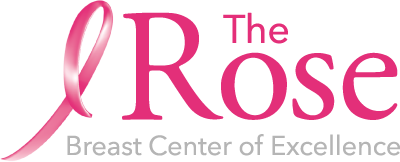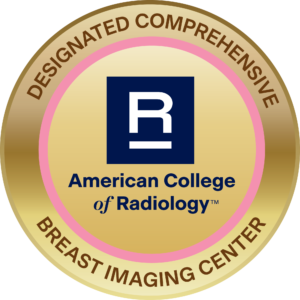By Dr. REBECCA ZUURBIER For the Monitor
(Published in print: Saturday, February 13, 2016)
The U.S. Preventive Services Task Force just confirmed that annual screening mammography beginning at age 40 saves the most lives. That should lead to a consensus that annual screening mammography begin at age 40 – and a short opinion column. But it did not lead to a consensus, and this is not a short column. The task force still recommends delaying screening until age 50 and then every other year until the age of 74.
There are truths and consequences about breast cancer, the task force and its opinions that do not make headlines. They aren’t controversial, easily understandable or new. But truths are important to allow informed decision-making and reasonable discussions. Consequences are important to predict and measure.
Truth No. 1: Mammography saves lives. Before mammography, one-half of breast cancer patients died from breast cancer. Mammography both cuts the death rate by one-third and allows less aggressive and disfiguring treatment. Partners Healthcare in Boston found that 71 percent of deaths from breast cancer occurred in women who did not get screening mammography. The task force does not disagree.
Truth No 2: Twenty-five percent of breast cancers occur in women in their 40s. It is not a rare or uncommon disease and mammography works by decreasing deaths and suffering in this and all age groups screened. Most years of life lost are to women whose cancer occurred in their 40s.
Truth No. 3: Cancers grow and size matters. Breast cancer may not become lethal. Reasonable people disagree about how to safely treat in-situ cancers (cancers in the duct), but invasive cancers grow. Because of this growth they cause a person to require more aggressive surgery and treatments with drugs and radiation that could have been avoided if the cancer had been found sooner and smaller.
Truth No. 4: The task force has never had a breast cancer expert on its panel. It is charged with reviewing data that requires clinical and technical perspective. The panel members’ training and experience in breast imaging and cancer treatment appears to be nil or limited to long-ago medical school rotations from the film mammogram era. Two of the 12 members aren’t even physicians. Most of the large trial data they use was based on obsolete technology. If you don’t know film from digital mammograms, don’t know what MQSA stands for or when it was implemented, and don’t know how the Canadians’ mammography techniques and training at the time impacted their own National Breast Screening Study results you can’t properly analyze studies.
Truth No. 5: Digital Breast Tomosynthesis is a win-win technology. DBT both finds smaller important cancers and reduces call-backs from screening mammograms. The latter of these two is a “harm,” according to the task force. The task force was given overwhelming evidence that DBT should replace traditional 2-D mammography yet declined to support it. These two distinct benefits were shown in more than 200,000 women studied. This is four times the number they previously used to support the change from film to digital mammography. Yet the task force withholds support for DBT.
Truth No. 6: Women can handle stress. Screening mammography may produce transient anxiety in some women. This is mostly subjective, personal and difficult to measure. It is decreased with proper education and imaging service-line efficiency and sensitivity. Transient anxiety should be weighed against the benefit of a negative mammogram and the real benefit of early cancer detection – by the woman not the task force.
Truth No. 7: The normal mammogram result is a benefit. The task force excludes the benefit of reassurance from a normal mammogram. If a “call back” is a harm then a normal mammogram is a benefit. Most of us have seen or know someone who has suffered or died from breast cancer. Telling a woman that she can be 90 percent sure she is not one of them is a real benefit. The task force must admit deleting real benefits and overplaying “harms” is a gross unexplained error in risk/benefit arithmetic. If this is a real sober math equation then include all the variables on both sides.
Truth No. 8: Suffering is not in the equation. The task force was forced to admit they exclude suffering (morbidity) in their harms versus benefits equation. The only benefit they see is if one doesn’t die as a direct result of breast cancer (mortality). More simply, the task force doesn’t want a woman to suffer the anxiety of being recalled for additional views but ignores the real suffering from precipitously induced menopause or losing a breast, money, vacation days, a job, hair, memory, sex life, vigor and ability to care for oneself and others.
Truth No. 9: Risk-based screening is invalid. Like recommending biennial screening from 50 to 74, limiting mammography to those calculated to be at higher risk has no scientific safety basis. Most cancers affect women whose only risk factor is their gender. Risk-based screening will miss 75 percent of breast cancers. There are no reliable risk models to allow us to decide who not to screen. As an example, the Gail Model is only slightly better than a coin flip in predicting who will get breast cancer in their lifetime.
Truth No. 10: The math is straightforward. For every 1,000 women screened there are less than 100 women asked to come back for additional views (even less had the task force endorsed tomosynthesis). As most women who are properly counseled by referring providers know, these call-backs are usually to clarify an insignificant area. Less than 10 of the 1,000 women will be recommended for a minimally invasive core biopsy. Two of these 10 core biopsies will find a small breast cancer – before it has spread to the lymph nodes and requires chemotherapy and before it becomes large enough to require mastectomy.
Consequences
There are predictable avoidable consequences if task force recommendations are followed.
More women won’t get mammograms. The task force and others have already created baseless distrust of a lifesaving tool, proven in seven randomized controlled trials to save lives.
More women will die from breast cancer. This math has been done. The National Cancer Institute’s Cancer Intervention and Surveillance Models estimate that if women now in their 30s were to follow the task force guidelines, an additional 100,000 lives will be lost that could have been saved with screening mammography annually at age 40. The task force agrees more lives will be lost.
More family units will be disrupted and grieving.
More women will suffer from the effects of the more aggressive treatments.
Insurance companies and health plans will withdraw coverage and make this lifesaving test financially inaccessible. Timely legislation sponsored by Sens. Kelly Ayotte and Barbara Mikulski, a Maryland Democrat, was recently passed to protect financial access to annual screening mammograms for women 40 to 74 for 2 years.
Societal costs will become apparent as fully 30 percent of women who need to undergo chemotherapy never return to the workforce.
The average cost of $250,000 in providing end-of-life care to an estimated 16,000 additional women who will die of breast cancer as a result of curtailed screening is $4 billion. This is a significant downstream number to monitor and is the equivalent of what it would “save” in screening mammography costs. Four billion dollars is the same amount of money spent by health plans on erectile dysfunction drugs like Viagra. Viagra does not decrease mortality (though some lives would seem longer without it) or prevent disfigurement. It can have serious side effects. Value-based care needs to explore its values.
Where do we find consensus and clarity? Is a group of experts really withdrawing screening support because women get too stressed about call-backs and core biopsies? Do we really want to stop looking for breast cancer because we find too many cancers? If it truly is “about the money,” then let it be about the money. We need to make a complete financial equation.
Annual screening mammography saves lives and money, and is a critical part of a sustainable health care system. If we all agree annual screening mammography beginning at age 40 saves lives, isn’t that enough?
(Dr. Rebecca A. Zuurbier is an associate professor of radiology at Dartmouth’s Geisel School of Medicine and director of breast imaging at Dartmouth-Hitchcock Medical Center.)



